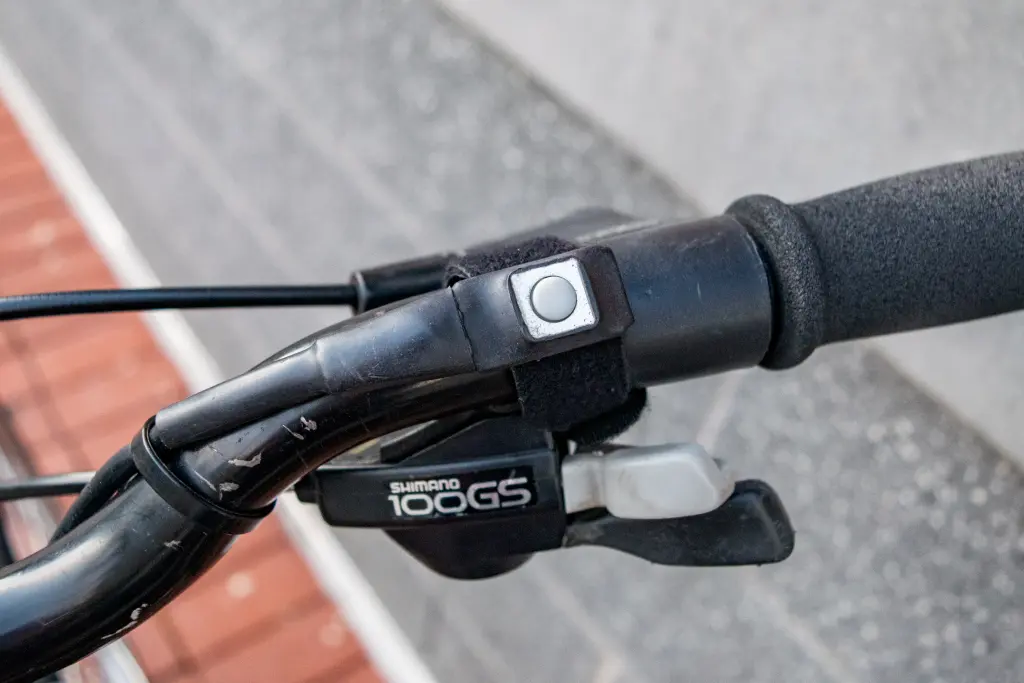Thinking about buying an electric bike but shocked by the price tags? You’re not alone. Quality electric bikes in the UK typically start around £1,000–£1,500, and that’s for entry-level models.
But here’s the good news: you don’t need to buy a new e-bike. Instead, you can convert your existing bike into an electric one using a range of DIY e-bike conversion kits available online and in UK cycle shops.
In this guide, we’ll show you how to do just that—saving money while upgrading your ride.
What Is an E-Bike Conversion Kit?
An e-bike conversion kit is a set of components that adds an electric motor, battery, and control system to your regular pushbike. Once installed, you’ll be able to enjoy electric-assisted rides—ideal for commuting, hills, or longer distances.
Types of E-Bike Conversions
Before choosing a kit, you need to understand the three main drive types available:
1. Hub Motor Kits (Front or Rear Wheel)
These systems replace your existing wheel with one that has a motor in the hub.
- Best for: Simplicity and moderate power.
- Installation difficulty: Medium.
- Power output: 250W to 750W (UK legal limit for road use is 250W).
- Popular option in the UK: Cytronex C1 Kit or Zehus All-In-One Hub.
2. Mid-Drive Motor Kits
These kits replace your bike’s bottom bracket and crankset with a powerful motor that directly drives the chain.
- Best for: Steep hills, heavier riders, or off-road.
- Installation difficulty: Advanced (often requires specialist tools).
- Power output: Up to 1,000W (off-road use only).
- Top pick: Bafang BBS02B Mid-Drive Kit.
3. Friction Drive (Clip-On) Units
Mounts to your seatpost or front fork and uses a roller to push the tyre forward.
- Best for: Quick, tool-free install.
- Installation difficulty: Easy.
- Drawback: Can cause extra tyre wear.
- Examples: Rubbee X, Livall PikaBoost, or CLIP.
Power Delivery: Pedal Assist vs Throttle
Pedal Assist (PAS)
- Offers a boost when you pedal—feels like “super legs”.
- Legal for UK road use under 250W without registration.
Throttle-Based Systems
- Let you ride without pedalling.
- Usually illegal on public UK roads unless registered as a motor vehicle.
TL;DR: Stick with pedal assist for legal, road-ready e-bikes in the UK.
Installation Tips: What You Need to Know
If you’re comfortable changing a tyre or adjusting brakes, you can probably install most kits yourself. Here’s what to check first
- Frame compatibility (e.g., disc vs rim brakes)
- Battery placement (down tube, rack, or seatpost)
- Bottom bracket size (for mid-drive kits)
- Essential tools: Allen keys, torque wrench, crank puller (for mid-drive installs)
If unsure, most local UK bike shops can help install your kit for a fee (~£60–£100).
Cost Breakdown (As of July 2025)
| Component | Budget | Mid-Range | High-End |
| Conversion Kit | £250 | £500 | £1,000+ |
| Installation (Optional) | £0 (DIY) | £75 | £100+ |
| Total Cost | From £250 | Typical: £500–£600 | Max: £1,200+ |
Note: That’s still cheaper than most new e-bikes—and you keep the bike you love.
Pros and Cons
Pros
- Cost-effective
- Eco-friendly
- Reversible
- Wide range of options
Cons
- Compatibility issues (on older bikes)
- Limited power (legal restrictions)
- DIY knowledge needed for mid-drive kits
Legal Note (UK-Specific)
To remain road legal
- Motor must be ≤250W
- Assistance must cut off at 15.5 mph (25 km/h)
- Must be pedal assist only
If your converted bike exceeds this, it’s classified as a motor vehicle—you’ll need insurance, registration, tax, and a helmet.
Final Thoughts: Is It Worth It?
If you’re reasonably handy and love your current bike, a conversion kit is a brilliant way to join the e-bike revolution—without breaking the bank.
Whether it’s commuting to work, tackling hilly trails, or just cruising on weekends, converting your analog bike is a fun, rewarding project with practical long-term benefits.
FAQ
Q: Can any bike be converted to an electric bike?
A: Most can, but it’s best to check frame compatibility—especially with disc brakes or carbon frames.
Q: How long does the battery last?
A: Typically 20–60 miles per charge, depending on battery capacity and terrain.
Q: Can I still ride it without the motor?
A: Yes—especially with hub motors and clip-on kits.
Would you like this content formatted for WordPress, with meta title + description + schema markup? I can prep that too.







